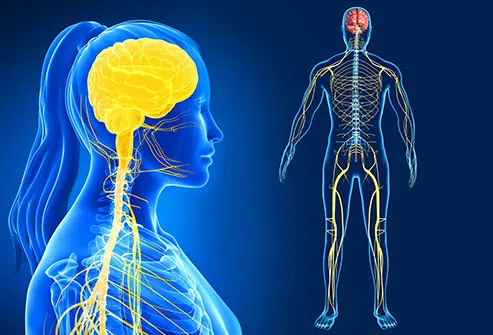
What's in a website?
The basics
A website is defined as a collection of web pages and related content that is identified by a
common name and published on a web server, accessible through the internet.
The collection of all the publicly accessible web sites is called as the world wide web.
Individual websites often focus on particular topics and can consist of one or multiple web
pages. Each website is usually built using a combination of HTML, CSS and Javascript.
History
The World Wide Web (WWW) was created in 1990 by the British CERN physicist Tim Berners-Lee. On 30 April 1993, CERN announced that the World Wide Web would be free to use for anyone. Before the introduction of the Hypertext Transfer Protocol (HTTP), other protocols such as File Transfer Protocol and the gopher protocol were used to retrieve individual files from a server. These protocols offer a simple directory structure which the user navigates and where they choose files to download. Documents were most often presented as plain text files without formatting or were encoded in word processor formats.
(Source: Wikipedia)What are the components of a website?
A website can be basically split into its 3 main components.
HTML - HyperText Markup Language
 HTML is like the skeletal system of the website. We utilise it to define the basic structure of
the website. Lets break down the name of this language. HyperText
and
Markup are the important words.
HTML is like the skeletal system of the website. We utilise it to define the basic structure of
the website. Lets break down the name of this language. HyperText
and
Markup are the important words.
HyperText refers to text that contains links to other texts. HyperText allows
us to link different texts together. Multiple pages with HyperText allow us to link them
together. These collection of pages form a websites and a large collection of websites forms the
World Wide Web.
A Markup language is a system for adding information in a document in such a
way that the annotations used are clearly distinguishable from the actual text content while
reading the document. In HTML the same is indicated using "<>" brackets to encapsulate the tags.
When the page is displayed on a browser, these tags are hidden and are only used to tell the
browser how we wish to display the components.
CSS- Cascading Style Sheets
 CSS can be considered as the skin, tissue and clothing on the body of the website. It is a style
sheet language that is used to describe the presentation of our HTML document. It allows us to
control a lot of the aspects of the content on the page like the colours, layout, positioning,
spacing, fonts, element size etc.
CSS can be considered as the skin, tissue and clothing on the body of the website. It is a style
sheet language that is used to describe the presentation of our HTML document. It allows us to
control a lot of the aspects of the content on the page like the colours, layout, positioning,
spacing, fonts, element size etc.
The name cascading comes from the specified priority scheme to determine which style rule
applies if more than one rule matches a particular element. This means that if a multiple rules
are specified for a particular element the rule specified at last will take effect.
Js- Javascript
 Javascript is one of the most popular programming languages in the world as of 2020. It is a
high level language that was originally used only in web browsers. But now it can be embedded
into some servers using node.js. The majority of websites use it for the client side page
behaviour.
Javascript is one of the most popular programming languages in the world as of 2020. It is a
high level language that was originally used only in web browsers. But now it can be embedded
into some servers using node.js. The majority of websites use it for the client side page
behaviour.
Javascript can be considered as the nervous system of our website's body. It controls the
behaviour of our website and its elements. Some examples of the actions that can be configured
using Javascript are-
- Loading new page content without having to reload the page.
- Animation of page elements, such as fading them in and out, resizing, and moving them.
- Interactive content, such as games and video.
- Validating input values of a web form to make sure that they are acceptable before being submitted to the server.
- Transmitting information about the user's behavior for analytics, ad-tracking, and personalization.
Conclusion
The 3 technologies are the main building blocks for most of the websites on the internet today. Although other languages can also be used, it is less popular.
Multiple frameworks and libraries utilising Js have been created like react and angular which speed up the process of creating websites.
But at the base level, these are the 3 parts of websites. If one wishes to become a web developer, they will have to understand and master these components to begin their journey!